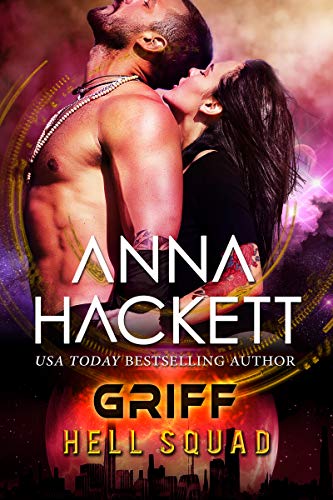 Griff (Hell Squad #17)
Griff (Hell Squad #17) by
Anna Hackett Format: eARC Source: author Formats available: ebook
Genres: post apocalyptic,
science fiction romance Series: Hell Squad #17 Pages: 186
Published by Anna Hackett on March 19th 2019
Purchasing Info: Author's Website,
Amazon Goodreads As the battle against the invading aliens intensifies, a group of bad boy bikers and mercenaries will stand and fight for humanity’s survival…
Squad Three berserker Griff lived through hell long before the alien invasion. Once, he’d been a dedicated cop, but then in a gut-wrenching betrayal, he ended up behind bars in a supermax prison. After the aliens invaded, he managed to escape and join the soldiers fighting back…and came face to face with his best friend’s little sister—the bold, vibrant, off-limits woman he’s always wanted. Now the beautiful, tattooed Indy is his squad’s comms officer…and she hates his guts.
Indy Bennett lost her parents and brother in the alien attack, and every day, she vows to suck the marrow out of life. She’s also doing her bit in the fight, as Squad Three’s comms officer, even if it means seeing the man who broke her young heart. Griff was once her brother’s best friend, a boy she adored, but now she knows she needs to steer clear of the hard-edged man who still draws her like a moth to a flame.
Griff vows to claim Indy as his. The only problem is, Indy is having none of it. As their fiery attraction explodes, they find themselves embroiled in the hunt for the aliens’ unexplained octagon weapon, and a mysterious survivor town where all is not what it seems. Both Griff and Indy will have to learn to let go of the hurts of the past if they have any chance of not just surviving, but having a future.
My Review:
This is going to be a mixed feelings review, because my feelings about Griff are very mixed. Or rather, my feelings about the Hell Squad series in general and Griff’s relationship with Indy in particular are more than a bit mixed.
And I’m feeling conflicted because my feelings about this author’s work usually fall much higher on the “like to love” range, and this one just didn’t work for me. So there’s a bit of sad there as well.
Griff is the OMG 17th book in the Hell Squad series. The setup is post-apocalyptic, with the apocalypse being very specific and extremely recent. A race of alien-dinosaur-raptor hybrids have invaded a very near future Earth and wrecked the joint.
The Gizzida initially came to strip the planet and take all its resources, including the humans. There’s more than a bit of Borg in the Gizzida as they don’t merely wipe out the populations of the planets they invade, they use genetic engineering to convert both the human and animal populations into more of themselves.
The series follows one group of human survivors. This particular bunch were in Australia when the Gizzida took over (most but not all are Aussies), holed up in a remote military installation and have been sticking it to the Gizzida as much and as often as they can in some rather effective guerrilla warfare.
As the series has progressed, key members of the population of “The Enclave” have managed to grab their bit of happiness in spite of the destruction all around them. Life really does go on.
This particular story features Griff Callan, a member of one of the squads that brings that guerrilla warfare to the Gizzida, and Indy Bennett, the communications officer for his squad. Griff and Indy knew each other before the disaster. Her brother was his best friend until their relationship went seriously pear-shaped long before the aliens invaded.
They’ve always loved each other, but have never been in a place where they could admit it. They grew up together, but Indy was just younger enough to have made any possibility of romance seriously skeevy. And once she was old enough, well, there was that whole “bro code” that makes your best friend’s little sister untouchable – no matter how much she wants to be touched.
Which doesn’t mean that Griff didn’t break her heart with his refusal. And he’s scared he’ll break it again before they have any chance at all.
But it’s a chance he’s finally willing to take. If the aliens don’t take them both out first.
Escape Rating C+: Whenever I see a character named Indiana I hear Sean Connery’s voice from Indiana Jones and the Last Crusade complaining to his son Indy, “We named the dog Indiana.” Clearly at least one of Indy Bennett’s parents was a fan.
 Speaking of fans, while I am definitely a fan of this author’s work, I was not a fan of this particular story. I love the premise of this series, so if you like post-apocalyptic where the heroes get to stick it to the ones who brought that apocalypse, the series is generally a blast. The first book is wrapped around the romance between the leader of the Hell Squad (Marcus) and HIS communications officer.
Speaking of fans, while I am definitely a fan of this author’s work, I was not a fan of this particular story. I love the premise of this series, so if you like post-apocalyptic where the heroes get to stick it to the ones who brought that apocalypse, the series is generally a blast. The first book is wrapped around the romance between the leader of the Hell Squad (Marcus) and HIS communications officer.
And thereby sits a chunk of why I have such mixed feelings about this particular entry. It’s not that there ARE patterns in the stories, because all stories of all types follow patterns. It’s that the specific patterns used in this series repeat themselves, and over 17 books those repeats are becoming a bit too obvious for this reader.
I fully recognize that those very same patterns are what make many people love this series – no matter how long it goes.
The story here, and frequently throughout the series, is that the couple in question finally acknowledge both that life in the Enclave with the Gizzida sniping at them is WAY too short, and that they have feelings for the other person that they have refused to acknowledge because one party, usually the male, thinks he’s not good enough for the female. Although that’s been reversed a couple of times and I’ve liked those better.
In this particular case, the reason that Griff is certain Indy won’t want to be with him is pretty damning, but it was also obvious from the get-go. And it felt like she got over it way too fast considering how important it was. (I’m trying not to give it away.)
After the couple finally acknowledges their feelings, they face a situation where the female has to go into battle with the squad, and she is either captured or nearly so. The male has to ride to the rescue, incurring life threatening injuries. They forgive whatever caused any tension between them during his recovery and then live happily for now.
This series really can’t include a happily ever after, not because of the internal dynamics of the couples in each story, but because the Gizzida make any “ever after” extremely tenuous at the moment.
In the case of this particular story, the scenes where Griff finally declares his intentions involve him carrying her out of meetings in a fireman’s carry, with her protesting all the way. It felt like his need to mark his territory was more important than her need to be professional and part of the team that is, after all, trying to save the world.
I felt it took away from her agency. YMMV.
My other issue with the series as a whole is that it’s just taking too long for the Enclave and their allies around the world to kick the Gizzida off our Earth. Ironically, it hasn’t been all THAT long within the scope of this world, but 17 is a lot of books. There’s been some progress towards their overall goal, but I’ve become impatient waiting for it to finally happen. And that’s affecting my enjoyment of the individual series entries at this point.
That being said, I still love Anna Hackett’s writing, and I’m eagerly anticipating her next book, Heart of Eon. I found her first in her space opera SFR, and it’s still where I love her best. Not that the Galactic Gladiators haven’t also carved out a piece of my heart – but I’ll have to wait longer to get back to Kor Magna.
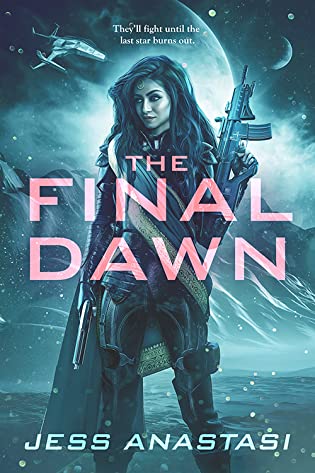 The Final Dawn (Atrophy #5) by Jess Anastasi
The Final Dawn (Atrophy #5) by Jess Anastasi 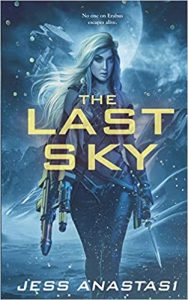 The Atrophy series began as more than a bit of a Firefly-alike, and when it began back in 2015 with Atrophy, later republished as The Last Sky, it filled a Serenity-shaped hole in my heart as it had not been all that long since I finally got around to rewatching the oft-recommended and much-beloved TV series.
The Atrophy series began as more than a bit of a Firefly-alike, and when it began back in 2015 with Atrophy, later republished as The Last Sky, it filled a Serenity-shaped hole in my heart as it had not been all that long since I finally got around to rewatching the oft-recommended and much-beloved TV series.
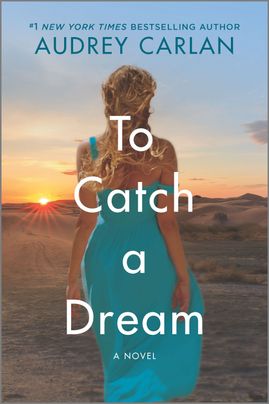 To Catch a Dream by
To Catch a Dream by  Suda Kaye returned to Colorado in the first book in the
Suda Kaye returned to Colorado in the first book in the 
 Dune: The Duke of Caladan by
Dune: The Duke of Caladan by 
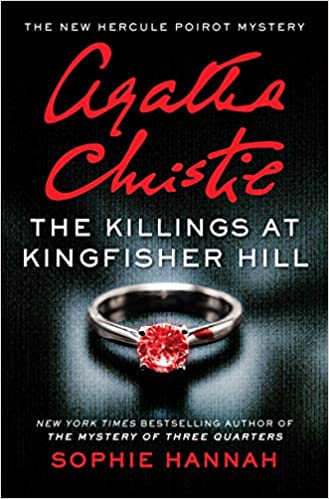 The Killings at Kingfisher Hill: The New Hercule Poirot Mystery by
The Killings at Kingfisher Hill: The New Hercule Poirot Mystery by 
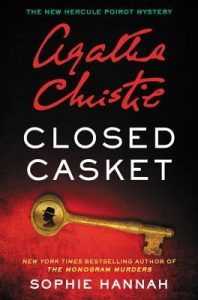
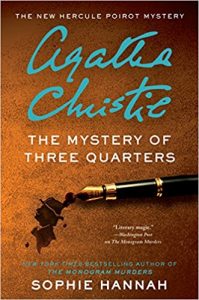
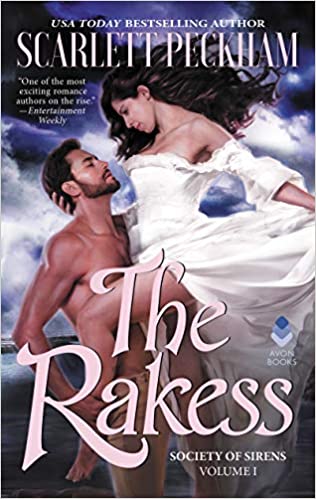 The Rakess (Society of Sirens, #1) by
The Rakess (Society of Sirens, #1) by 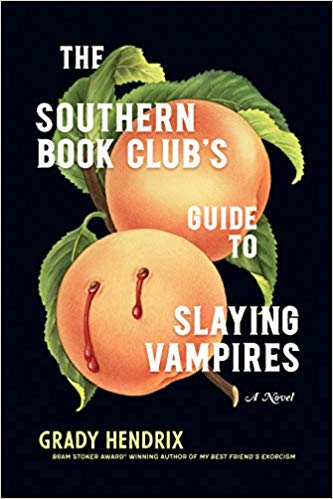 The Southern Book Club's Guide to Slaying Vampires by
The Southern Book Club's Guide to Slaying Vampires by 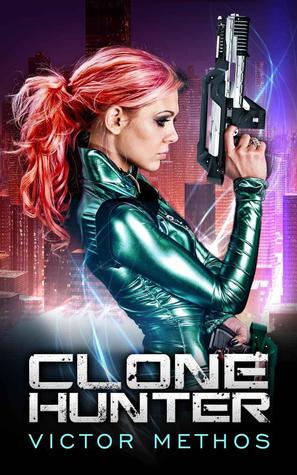 Clone Hunter by
Clone Hunter by 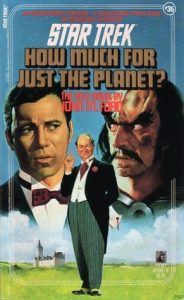 If we’d seen snippets of things that interlaced and came together for one big finale, as in John M. Ford’s
If we’d seen snippets of things that interlaced and came together for one big finale, as in John M. Ford’s 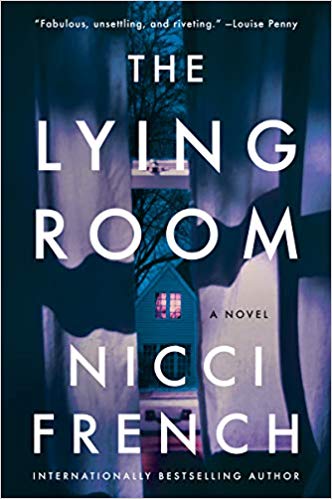 The Lying Room by
The Lying Room by 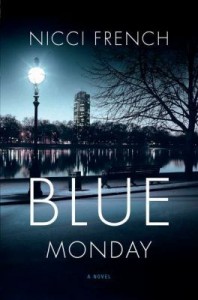 Escape Rating C+: I picked up The Lying Room because I really enjoyed the author’s
Escape Rating C+: I picked up The Lying Room because I really enjoyed the author’s 
 Griff (Hell Squad #17) by
Griff (Hell Squad #17) by  Speaking of fans, while I am definitely a fan of this author’s work, I was not a fan of this particular story. I love the premise of this series, so if you like post-apocalyptic where the heroes get to stick it to the ones who brought that apocalypse, the series is generally a blast. The first book is wrapped around the romance between the leader of the Hell Squad (
Speaking of fans, while I am definitely a fan of this author’s work, I was not a fan of this particular story. I love the premise of this series, so if you like post-apocalyptic where the heroes get to stick it to the ones who brought that apocalypse, the series is generally a blast. The first book is wrapped around the romance between the leader of the Hell Squad (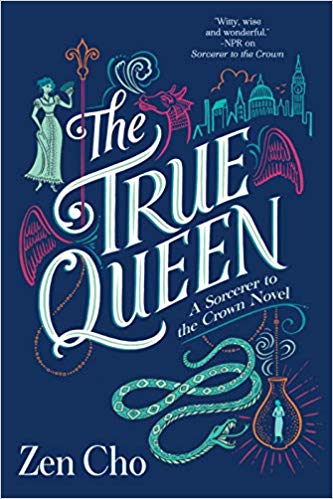 The True Queen (Sorcerer Royal #2) by
The True Queen (Sorcerer Royal #2) by 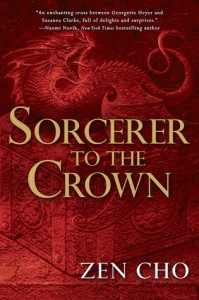 Sorcerer to the Crown
Sorcerer to the Crown